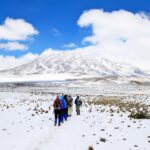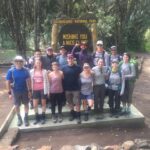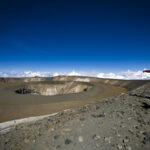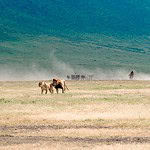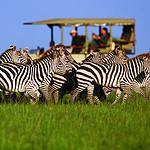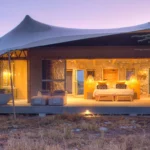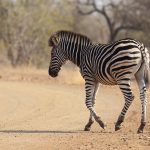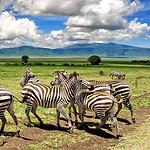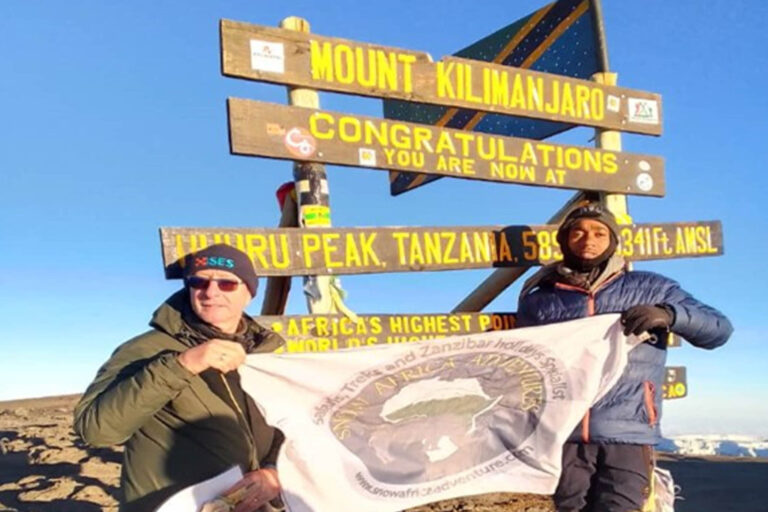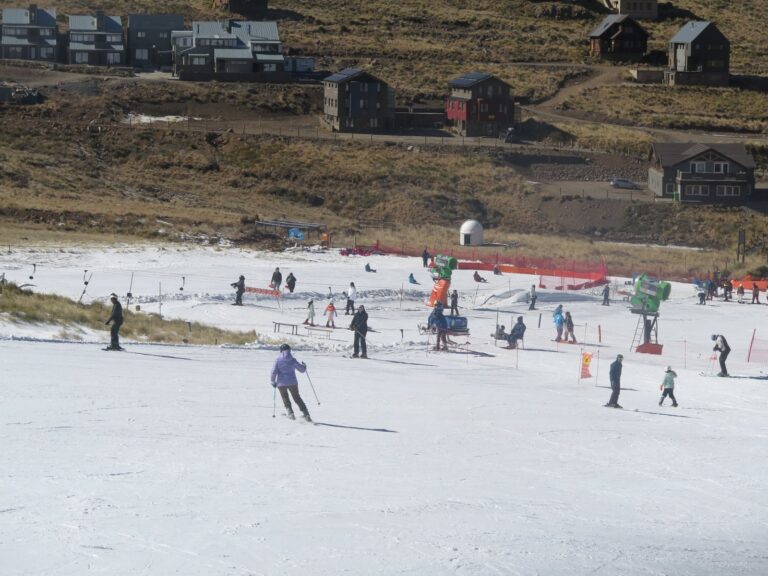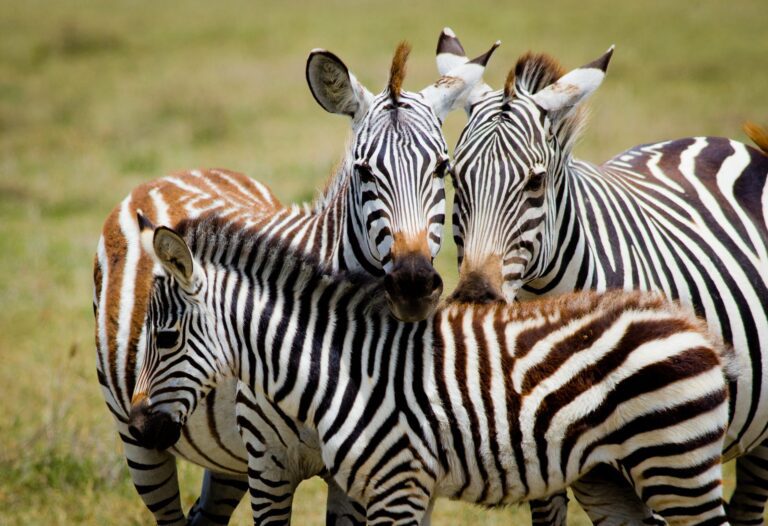Table of Contents
12 Reasons to Visit Serengeti National Parks: The Ultimate Safari Destination in Africa
When it comes to African safaris, few places evoke more wonder and excitement than Serengeti National Parks. Spanning nearly 15,000 square kilometers in northern Tanzania, this iconic destination is a UNESCO World Heritage Site and home to some of the world’s most spectacular wildlife events—including the legendary Great Migration.
Whether you’re a first-time traveler to Africa or a seasoned safari-goer, Serengeti National Parks offers an unmatched blend of vast landscapes, abundant wildlife, and unforgettable experiences. In this in-depth guide, we’ll explore 12 compelling reasons why the Serengeti should top your travel list, along with tips for planning your visit.
1. Witness the Great Wildebeest Migration
The Serengeti is world-renowned for the Great Wildebeest Migration, an epic movement of over 1.5 million wildebeests, 200,000 zebras, and thousands of gazelles in search of fresh grazing. The spectacle of mass movement, dramatic river crossings, and predator-prey interactions is one of nature’s most extraordinary shows.
Whether you catch the calving season in the south (January–March) or the thrilling Mara River crossings in the north (July–September), Serengeti National Parks guarantees front-row seats to this natural wonder.
2. Big Five Safari Experience
Serengeti National Parks is one of the few places in Africa where you can spot all members of the Big Five: lion, leopard, elephant, buffalo, and rhino (though rhinos are rare and mainly found in the Moru Kopjes area). The park is particularly famous for its dense lion population, with thousands roaming the savannah in search of prey.
Your chances of encountering multiple Big Five species in a single game drive are high—especially with an experienced guide.
3. Diverse Ecosystems and Landscapes
The Serengeti is not just endless plains; it’s a patchwork of varied ecosystems, each teeming with life. From open grasslands and riverine forests to swamps, kopjes (rocky outcrops), and acacia-dotted woodlands, the park’s ecological diversity supports a wide array of species.
Photographers and nature lovers will find endless opportunities to capture stunning scenes—from golden sunrises over the plains to elephants crossing the Grumeti River.
4. Exceptional Predator Viewing
If you’re interested in predator behavior, Serengeti National Parks is a dream destination. Lions hunt in prides, leopards stalk in trees, and cheetahs sprint across the open plains. You may even witness a hunt if you’re lucky—and it’s one of the most thrilling, raw experiences in the wild.
The Seronera Valley, in particular, is a hotspot for big cats, with excellent year-round sightings.
5. Year-Round Game Viewing
While the Great Migration follows a seasonal pattern, wildlife in Serengeti National Parks is abundant throughout the year. Resident animals such as giraffes, warthogs, hippos, crocodiles, and hyenas stay put, offering rewarding game drives even outside the peak migration months.
Dry seasons (June to October) are ideal for spotting animals around water sources, while the green season (November to May) offers lush landscapes, birdwatching, and fewer crowds.
6. Hot Air Balloon Safaris
Imagine floating silently above the plains at sunrise, watching herds of elephants, zebras, and wildebeests below. A hot air balloon safari in Serengeti National Parks is a bucket-list experience like no other.
Flights typically launch from the Seronera or Ndutu areas and end with a champagne bush breakfast in the wilderness—luxury meets adventure!
7. Cultural Experiences with the Maasai
Beyond wildlife, the Serengeti region is also home to the Maasai people, known for their colorful dress, traditional customs, and pastoral lifestyle. Many safari itineraries offer the chance to visit a local Maasai village for a cultural tour, dance performance, and insight into their way of life.
It’s a unique way to enrich your visit to Serengeti National Parks with a deeper understanding of Tanzania’s heritage.
8. Variety of Safari Options
Whether you’re looking for a luxury lodge experience, a family-friendly adventure, or a budget-friendly camping safari, Serengeti National Parks caters to all travel styles.
Choose from:
- Mobile tented camps that follow the migration
- Luxury lodges with infinity pools and spa services
- Fly-in safaris for a quick and scenic arrival
- Private vehicle safaris for personalized experiences
The park’s infrastructure ensures flexibility and comfort, no matter your preferences.
9. Incredible Birdwatching Opportunities
Home to over 500 bird species, Serengeti National Parks is a paradise for birdwatchers. From colorful lilac-breasted rollers to martial eagles and secretary birds, the diversity is impressive.
The green season (December to April) is particularly good for birdwatching as migratory species arrive, and resident birds are in breeding plumage.
10. Stunning Sunsets and Starry Skies
The Serengeti delivers some of the most dramatic sunsets in Africa, with skies ablaze in hues of orange, red, and gold. After nightfall, the remote wilderness offers dark skies perfect for stargazing. On clear nights, you can even see the Milky Way stretching across the horizon.
Camping under the stars in Serengeti National Parks is a surreal and humbling experience.
11. Photographic Opportunities
Whether you’re a professional or a hobbyist, the Serengeti offers endless opportunities for photography. Capture moments like:
- A lion silhouetted against sunrise
- Wildebeests galloping across the plains
- Elephants bathed in golden hour light
- Dramatic predator-prey encounters
Many tours offer specialized photographic safaris with expert guides and vehicle setups.
12. Easy Access from Arusha and the Northern Circuit
Serengeti National Parks is part of Tanzania’s famed Northern Safari Circuit, which also includes Ngorongoro Crater, Lake Manyara, and Tarangire National Parks. It’s easily accessible from Arusha via road (about 6–8 hours) or short flights to airstrips like Seronera, Ndutu, or Kogatende.
This makes the Serengeti a convenient and essential stop on any Tanzanian itinerary.
When is the Best Time to Visit Serengeti National Park?
| Season | Months | Highlights |
|---|---|---|
| Dry Season | June – October | Best game viewing, river crossings |
| Green Season | November – May | Birdwatching, calving season, lush scenery |
| Migration Viewing | Varies by location | South (Dec–Mar), West (Apr–June), North (Jul–Oct) |
Each season offers something different, so the “best” time depends on your interests.
How to Get to Serengeti National Parks
- By Air: Fly into Kilimanjaro International Airport or Arusha Airport, then take a bush flight to one of the Serengeti’s airstrips.
- By Road: Drive from Arusha via Ngorongoro and enter the park through Naabi Hill Gate.
If you’re short on time, flying saves hours. If you prefer scenic drives and cultural stops, the road route is more immersive.
Packing Tips for Your Serengeti Safari
Bring:
- Neutral-colored clothing (avoid blue or black)
- Binoculars and camera gear
- Sunscreen, hat, and sunglasses
- Insect repellent
- Light jacket (mornings/evenings are cool)
- Power bank and extra SD cards
Travel Tips for a Safe and Enjoyable Safari
- Book early during migration or high season
- Follow your guide’s instructions for safety
- Be patient and observant—nature works on its own schedule
- Don’t forget travel insurance
- Respect wildlife and maintain a safe distance
Final Thoughts: Why Serengeti National Parks Should Be on Your Bucket List
From the pulse-pounding thrill of the Great Migration to the quiet beauty of sunrise on the savannah, Serengeti National Parks delivers unforgettable moments at every turn. It’s not just a destination—it’s a journey into the heart of the wild.
If you’ve ever dreamed of witnessing Africa’s raw beauty and unparalleled wildlife, there’s no better place to start than the Serengeti. It’s more than a safari. It’s a life-changing experience.


